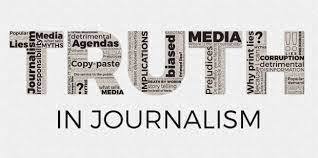As a PR professional who regularly creates content for clients and for personal use, I follow the National Press Photographers Association (NPPA) Code of Ethics offers nine ethical standards to member journalists. I also require my team to follow the NPPA Code of Ethics and teach them in the classroom. The basic premises of the NPPA's nine standards are (NPPA, November 2017):
1. Accurately represent subjects
2. Do not be manipulated by staged photos
3. Avoid bias and stereotyping in work; provide complete information and context
4. Show consideration for subjects
5. Avoid influencing the actions of the photographic subject
6. Editing should not give the wrong impression of the subjects in the photograph
7. Do not compensate persons involved in photographs or in getting a photograph
8. Do not accept gifts or other favors from those involved in a photo
9. Do not purposely interfere with the work of other journalists
The last two (8&9) are not common in terms of issues for PR professionals, but one through seven absolutely are. Accurately representing subjects, not staging photos and not showing bias/stereotyping are non-negotiables.
PR professionals should always be truthful and thorough in the depiction of subjects.
Letting yourself be manipulated by manufactured picture opportunities is not a good idea. This can (and will) cause a credibility and reputation issue for the brand you are representing. When photographing or recording subjects, be thorough and provide context. Individuals and groups should not be stereotyped. Sometimes brands are desperate to show that they are dedicated to diversity, so they attempt to fill their photos with non-causation subjects.
I’ve been asked to stage photos with people of color at employee events—meaning these people don’t even work for the company. I have refused and even fired a major client after repeated efforts to pretend that they were a diverse company, even using stock photography because they (in reality) had little to no diversity. I’ve also called a client out for using the one person of color who works at the company in every photo. Obviously, staging diversity for photo content is a major hot bottom for me and where I draw the line. I find it offensive and a reason to part with a client.
Sources:
Code of ethics. NPPA. (2017, November 28). Retrieved April 29, 2022, from https://nppa.org/code-ethics
Hoover, A. (n.d.). Photojournalism ethics. LoveToKnow. Retrieved April 29, 2022, from https://photography.lovetoknow.com/Photojournalism_Ethics

Comments
Post a Comment